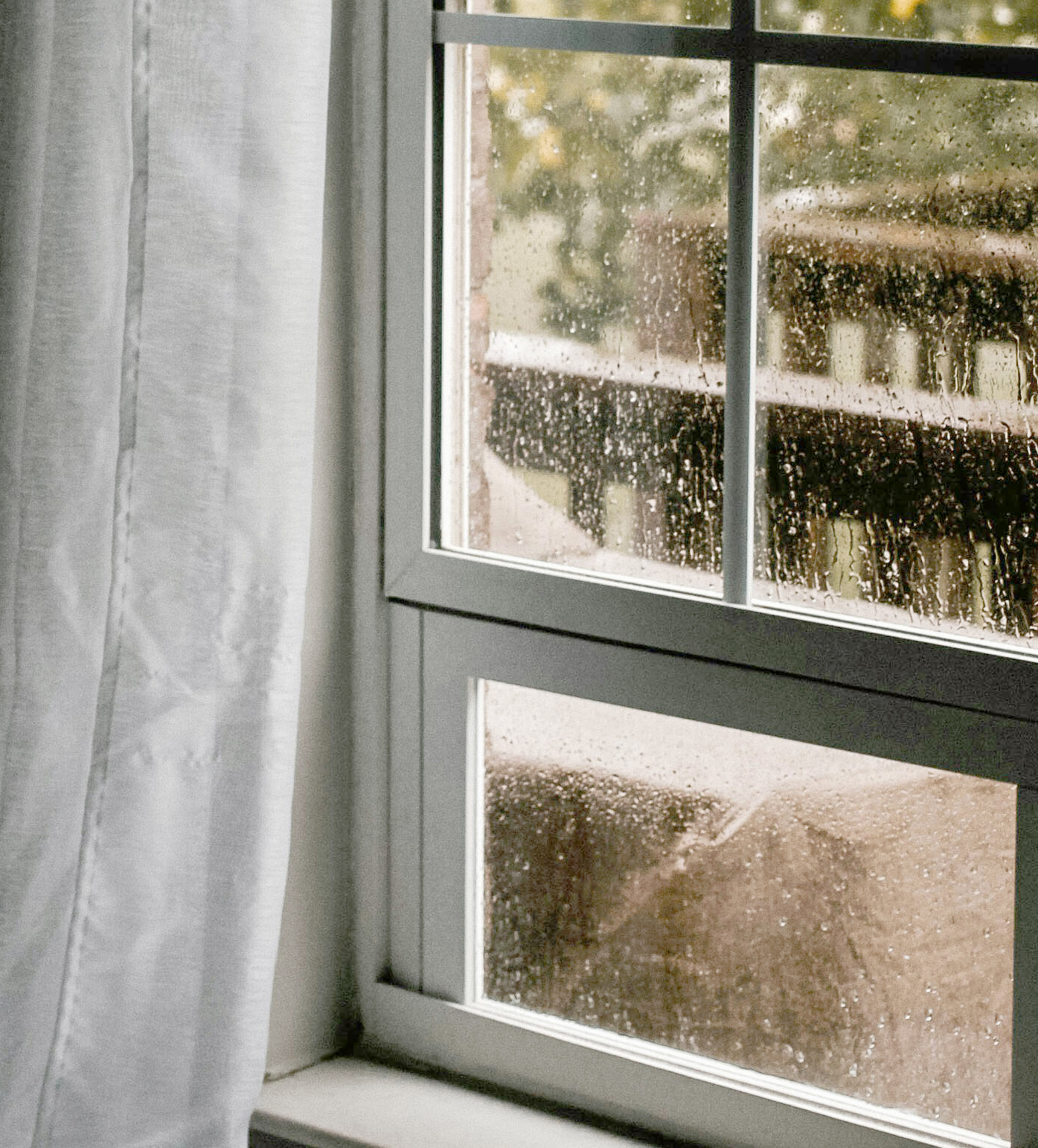NICK COWDY / Residential Sales Consultant, Principal Agent
With winter approaching, it’s crucial to prepare your home for the cold season ahead. The colder months can be tough on your property, subjecting it to low temperatures, increased rainfall, and gusty winds. Performing some preventative maintenance not only helps keep your home in good condition but also ensures it remains comfortable and energy-efficient. This guide will walk you through essential steps to get your house ready for winter, so you can stay warm and secure without any unwelcome surprises.
Roof and Gutter Maintenance
Maintaining your roof and gutters is crucial to prevent water damage during the winter months. Annually inspect your roof for signs of wear such as loose or missing shingles, rusted nails, or damaged flashings. Make sure to replace or repair any compromised areas to keep your home leak-free. Cleaning your gutters is equally important; remove leaves, twigs, and debris to ensure proper water flow away from your home’s foundation. Check the security of gutter brackets to avoid them coming loose or breaking under the weight of debris, which can cause serious damage during storms.
Heating Systems
Before the cold sets in, ensure your heating system is up to the task. For heat pumps and central heating systems, clean or replace filters and schedule a professional maintenance check to ensure all components are functioning efficiently. If you use a boiler or gas heating, an annual inspection by a qualified technician is essential to avoid any carbon monoxide leaks and to optimise performance. For homes with fireplaces, hiring a professional to clean the chimney can reduce fire risk, and ensure smoke is properly vented outside.
Trees and Vegetation
Winter storms can turn overgrown branches into hazards, particularly if they’re near your house or power lines. Trim back any limbs that pose a risk to your property to prevent potential damage. Additionally, cutting back overgrown vegetation can help let more light into your home, making it naturally warmer and brighter. Pruning also enhances airflow, which helps reduce moisture accumulation and the risk of mould growth. Ensure that any pruning tools are sharp and clean to make precise cuts that promote healthy regrowth in the spring.
Lighting and Safety
Inspect all outdoor lighting fixtures to ensure they are in good working order, and replace any burnt-out bulbs. Consider upgrading to LED bulbs for better energy efficiency and longer life. Motion sensor lights are especially useful for illuminating walkways, driveways, and other areas where foot traffic is common, reducing the risk of slips and falls on icy surfaces.
Pipe Insulation
Insulating your pipes can help to prevent freezing and potential bursting. Focus on insulating pipes that run through unheated areas of your home, such as basements, attics, and garages, as well as those near exterior walls. Insulating your hot water pipes not only prevents freezing but also reduces heat loss, helping to increase the efficiency of your water heater.
Humidity and Dampness
Closed windows and doors can trap moist air inside, leading to condensation and dampness. Regularly air out your home by opening windows during the warmest part of the day to allow fresh air to circulate and reduce moisture levels. Use extractor fans in the kitchen and bathroom whenever cooking or showering to help expel humid air. Absorbent window strips or dehumidifiers can also be effective in areas prone to high moisture. For homes with persistent dampness issues, consider installing a whole-home ventilation system or improving insulation to maintain a drier and warmer indoor environment.
Mould and Mildew Prevention
Mould and mildew thrive in moist, warm conditions. Regularly inspect common problem areas such as bathrooms, laundries, and kitchens for signs of mould. Ensure that your home’s ventilation systems, such as bathroom fans and kitchen vents, are working effectively to reduce moisture. If mould covers an area larger than a standard sheet of A4 paper, it’s advisable to consult a professional to determine the underlying cause and remove it safely. Additionally, consider using paints that contain mould inhibitors for areas frequently exposed to moisture.
Preparing your home for winter is a proactive step that will not only enhance your comfort, but also protect your investment. By maintaining your roof and gutters, ensuring your heating system is efficient, insulating pipes, and managing outdoor lighting and vegetation, you can significantly reduce the risks associated with cold and wet conditions. Addressing indoor air quality by controlling humidity and preventing mould and mildew further ensures that your living space remains healthy and cosy throughout the winter months. Taking these steps allows you to enjoy the beauty of winter from the warmth and safety of your well-prepared home.
Remember, a little effort now can prevent major inconveniences and costly repairs later, making your winter season both enjoyable and worry-free.





